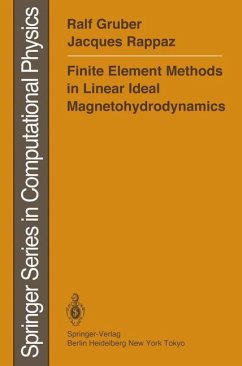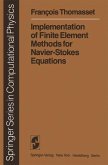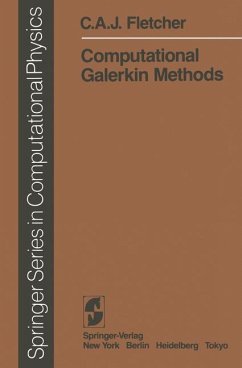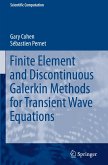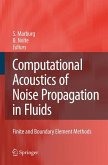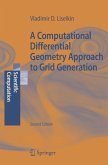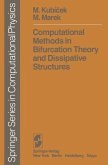For more than ten years we have been working with the ideal linear MHD equations used to study the stability of thermonuc1ear plasmas. Even though the equations are simple and the problem is mathematically well formulated, the numerical problems were much harder to solve than anticipated. Already in the one-dimensional cylindrical case, what we called "spectral pollution" appeared. We were able to eliminate it by our "ecological solution". This solution was applied to the two-dimensional axisymmetric toroidal geometry. Even though the spectrum was unpolluted the precision was not good enough. Too many mesh points were necessary to obtain the demanded precision. Our solution was what we called the "finite hybrid elements". These elements are efficient and cheap. They have also proved their power when applied to calculating equilibrium solutions and will certainly penetrate into other domains in physics and engineering. During all these years, many colleagues have contributed to the construc tion, testing and using of our stability code ERATO. We would like to thank them here. Some ofthem gave partial contributions to the book. Among them we mention Dr. Kurt Appert, Marie-Christine Festeau-Barrioz, Roberto Iacono, Marie-Alix Secretan, Sandro Semenzato, Dr. Jan Vac1avik, Laurent Villard and Peter Merkel who kindly agreed to write Chap. 6. Special thanks go to Hans Saurenmann who drew most of the figures, to Dr.
Hinweis: Dieser Artikel kann nur an eine deutsche Lieferadresse ausgeliefert werden.
Hinweis: Dieser Artikel kann nur an eine deutsche Lieferadresse ausgeliefert werden.
